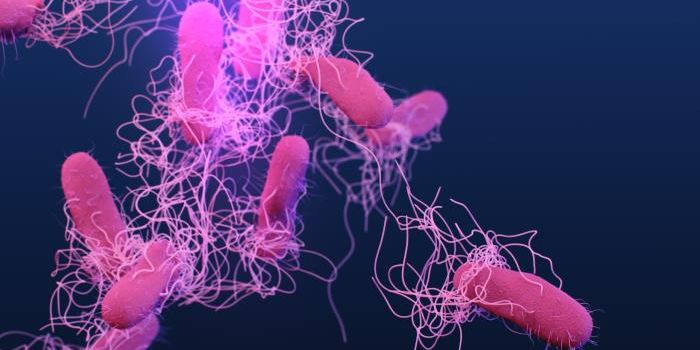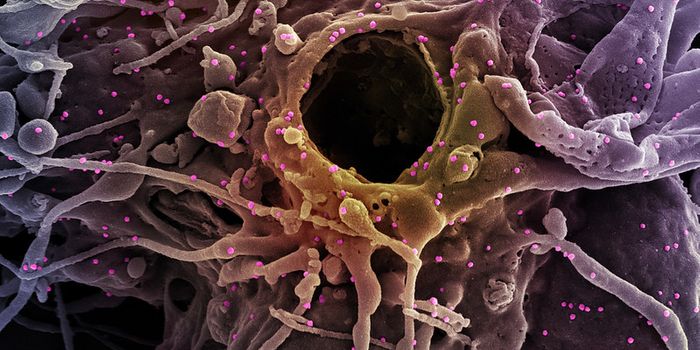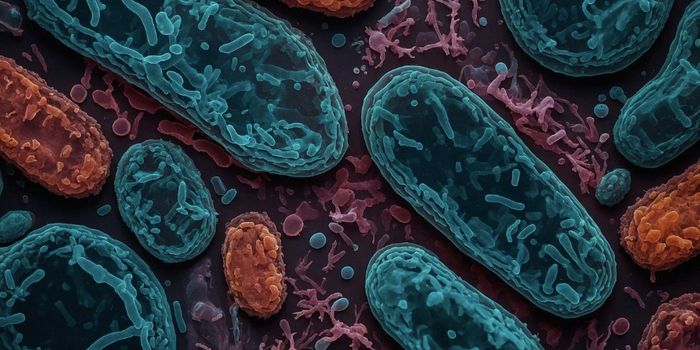New Lyme disease culprit, B. mayonii
I’ve got good news and bad news. I’ll start with the bad news - there’s a new species of bacteria that causes Lyme disease. It’s called Borrelia mayonii. The good news - it takes B. mayonii just as long as other Lyme-causing bacteria (like B. burgdorferi) to travel from the tick to you. This means that if you promptly remove ticks from your body, you stand a lower chance of getting infected.
Image: Centers for Disease Control and Prevention
Lyme disease is a vector-borne disease - it is transmitted to humans from ticks. For most people, the first symptom is a bull's-eye rash where the tick was attached. This is followed by fever, headache, and fatigue. The symptoms of more advanced disease include myocarditis and cardiomyopathy, if the bacteria infect the heart, and Lyme arthritis, if the bacteria invade the joints.
The bacteria that cause Lyme disease are transmitted by Ixodes ticks. Humans usually encounter these critters in wooded areas or where grass and brush are tall. The recently described B. mayonii was found in blacklegged ticks (Ixodes scapularis) in Wisconsin. Borrelia are spiral-shaped bacteria - hence the term spirochetes. Borrelia are unique because they aren't really Gram-positive or negative. They're called "diderms." Like other spirochetes, they have an outer and inner membrane that encloses a layer of peptidoglycan. What's odd is that the outer membrane does not contain lipopolysaccharides, and the flagellum is not located outside of the cell - it actually sits between the two cell membranes. This causes the cells to move like tiny corkscrews!
Researchers knew that B. burgdorferi is more likely to be transmitted after a tick has been attached to a mouse for at least 60 hours. In a study published in the Journal of Medical Entomology, the researchers at the CDC determined how long it takes for B. mayonii to be transmitted between hosts.
They allowed B. mayonii-infected nymphal-stage ticks to feed on mice over 24, 48, or 72 hours or to complete a feed (the ticks detach themselves from the host after 4 to 5 days). (Nymphal-stage ticks are the most common source of the bacteria.) None of the mice became infected after the ticks fed for only 24 or 48 hours. However, the probability of transmission after 72 hours was 31%. After a complete feed, the probability of transmission increased to 57%. Importantly, transmission at all timepoints depended on the ticks being infected with bacteria in their salivary glands - not just in the rest of their bodies.
It's important to note that these studies focused on transmission by a single tick - the probability of transmission increases as the number of ticks increseases.
According to study author Lars Eisen, "there is much still to discover about B. mayonii, including to clarify the geographic range of this emerging human pathogen in the U.S., to determine how commonly different life stages of the blacklegged tick are infected with B. mayonii, and to find out whether the same vertebrate animals that serve as natural reservoirs for B. burgdorferi play the same role also for B. mayonii.”
Sources: Science Daily, Journal of Medical Entomology









